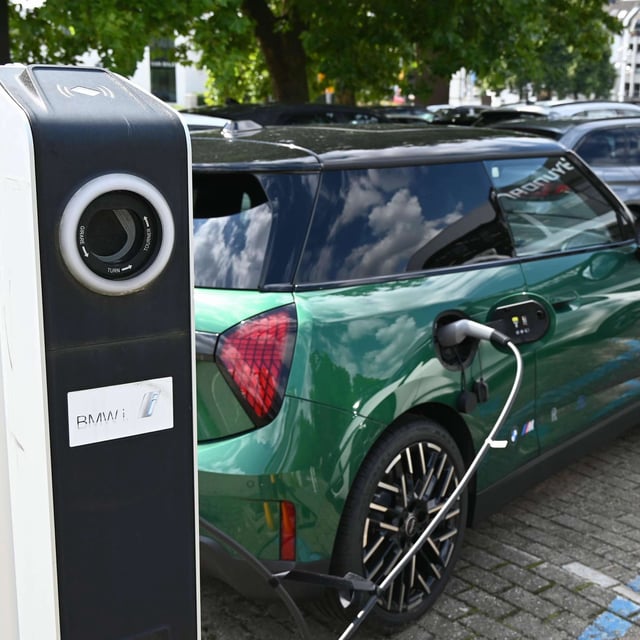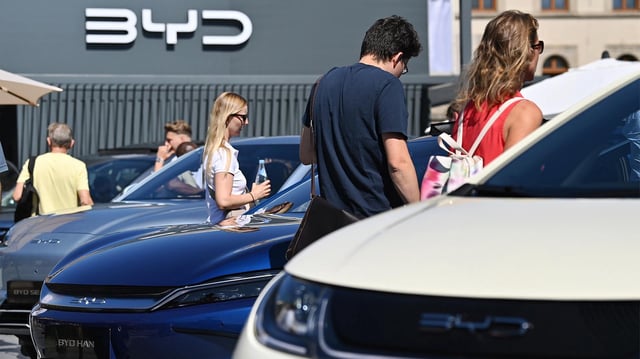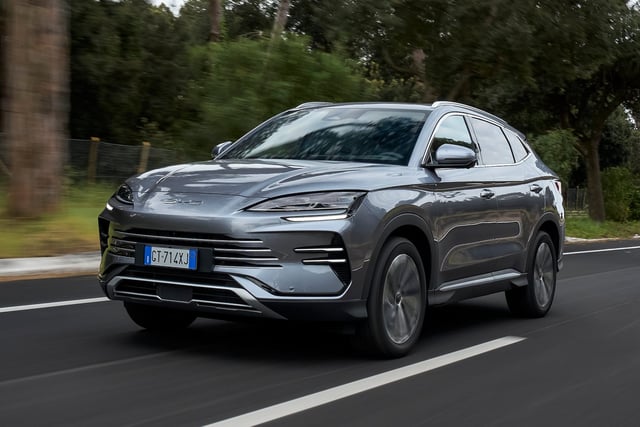Overview
- Market researcher Dataforce counts about 33,000 Chinese plug‑in hybrids registered in the EU in the first half of 2025, up 364% year on year, with BYD near 20,000, MG shifting away from BEVs, and Lynk & Co around 4,000.
- Because plug‑ins incur only the 10% base tariff versus up to roughly 45% on Chinese BEVs, duties add about €4,000 to a BYD Seal U PHEV but roughly €10,000 to an Atto 3, helping MG price the HS PHEV around €28,000 compared with about €40,000 for VW’s Tiguan PHEV.
- The European Commission recognizes the gap yet has not opened a new antisubsidy probe, a step that would be required to extend duties to hybrids, as some lawmakers including Michael Bloss urge tougher measures.
- Chinese makers are also localizing production, with BYD building plants in Hungary and Turkey and Volvo shifting EX30 output to Belgium, while China‑built EVs for brands like BMW and Cupra face total import duties around 30.7% that have prompted lawsuits.
- In Germany, weak private BEV demand is being masked by 65,401 self‑registrations in H1 2025, and analysts warn a Chinese‑led plug‑in price offensive could escalate, with Tesla’s sales sliding to roughly 10,000 through July.



